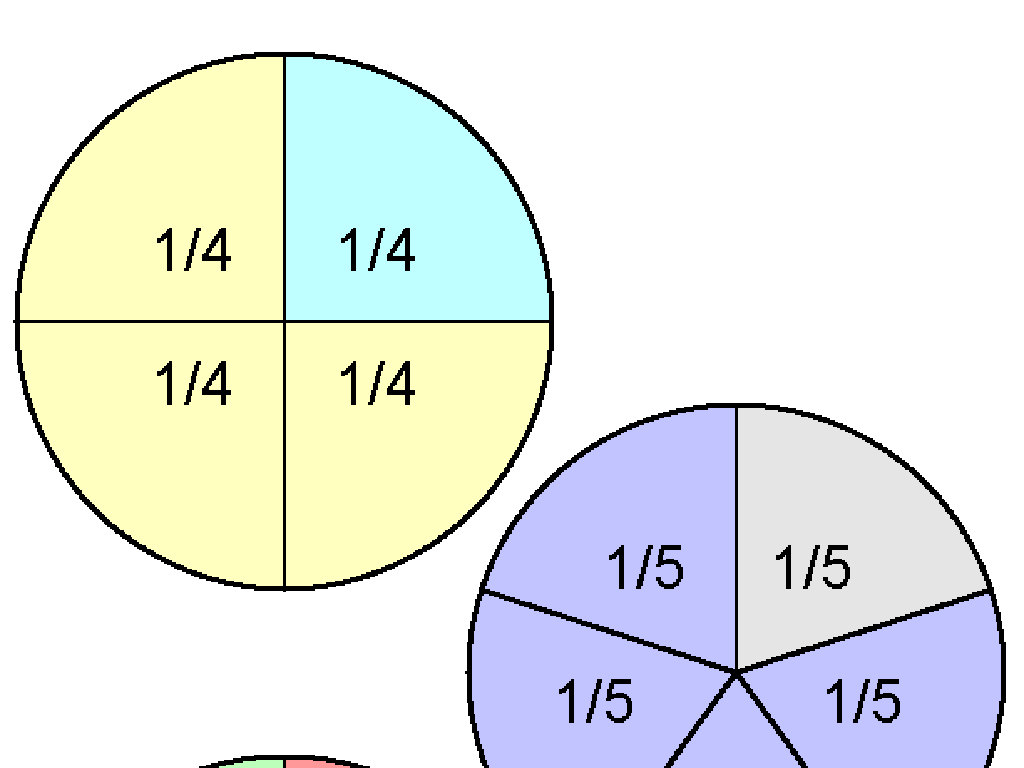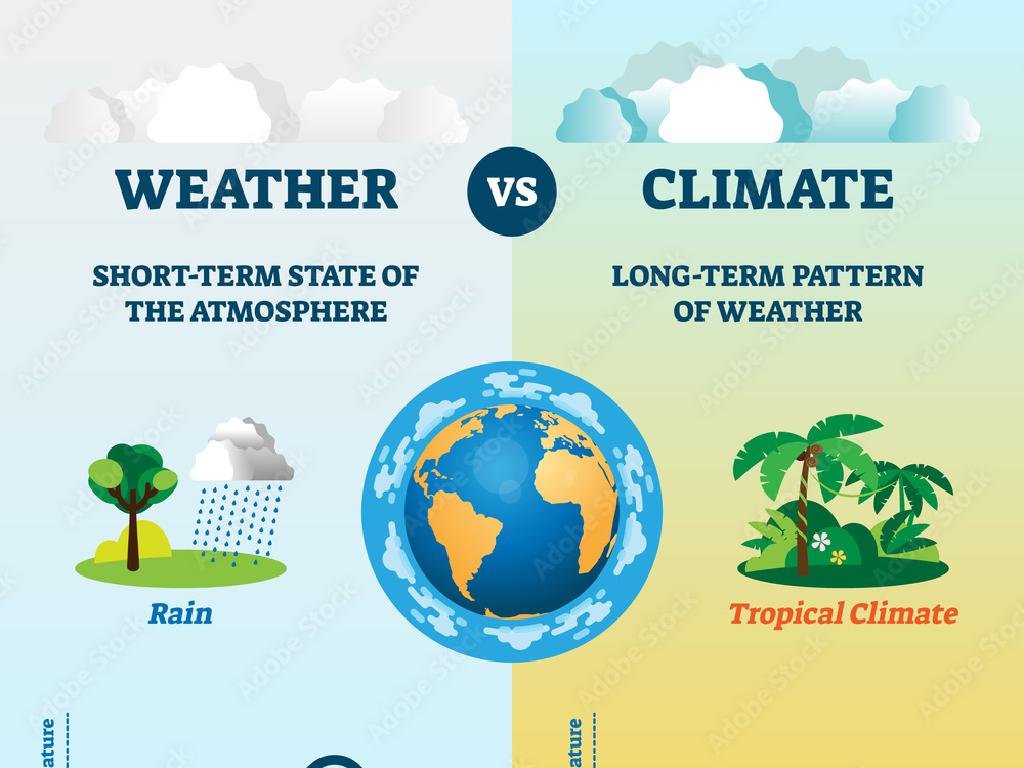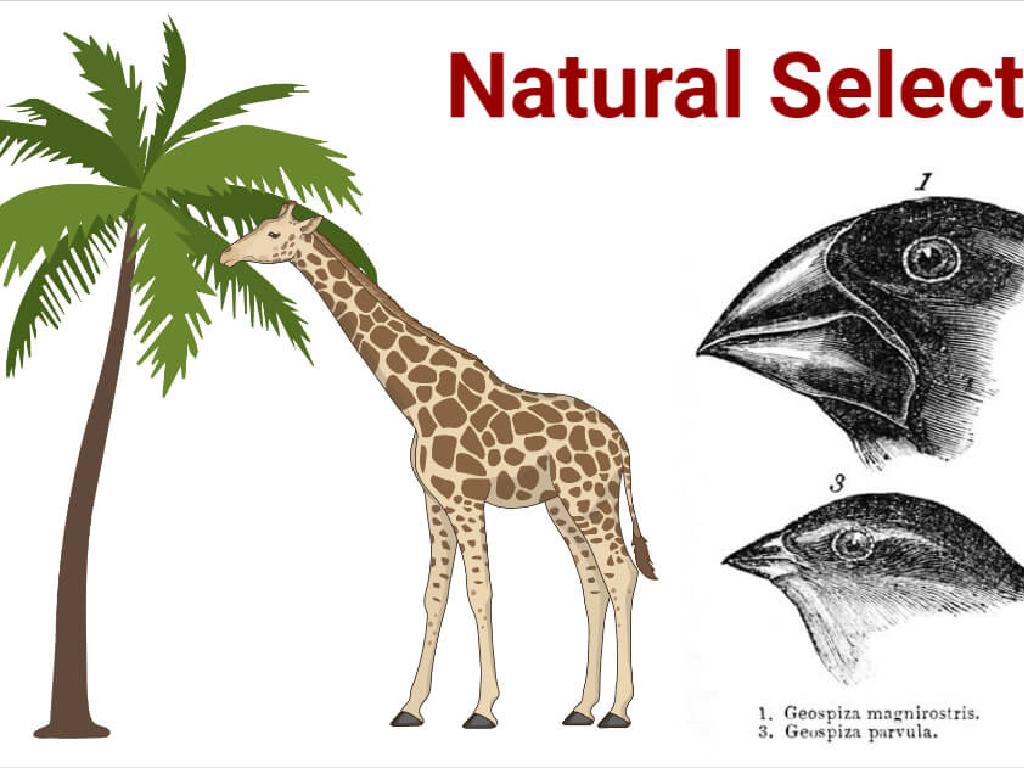Write Variable Expressions: Word Problems
Subject: Math
Grade: Sixth grade
Topic: Expressions
Please LOG IN to download the presentation. Access is available to registered users only.
View More Content
Today’s Adventure: Writing Variable Expressions
– Explore the language of algebra
– Algebra uses symbols to represent numbers in equations.
– Variables as unknowns in problems
– Variables like ‘x’ or ‘y’ stand in for numbers we don’t know yet.
– Everyday math with variables
– Think of variables in terms of things like ‘total cost’ or ‘number of items’.
– Practice with real-world examples
– We’ll solve problems about shopping, distance, and more using variables.
|
This slide introduces students to the concept of writing variable expressions in algebra. Begin by explaining that algebra is like a language with its own rules, where letters represent numbers, allowing us to solve problems. Emphasize that variables are placeholders for unknown values and are a key part of translating word problems into mathematical expressions. Use relatable examples such as calculating the total cost of items or the distance traveled to show how variables are used in everyday situations. Encourage students to think of variables as tools that help us find answers to questions with missing information. Provide practice problems that involve real-world scenarios to help students apply what they’ve learned.
Understanding Variables in Math
– Definition of a variable
– A variable is a symbol for an unknown value
– Variables as unknown numbers
– It represents a number we’re trying to find
– Variables can be any letter
– Any letter can be a variable, not just x
– Example: x, y, z
– Variables like x, y, z are placeholders in problems
|
This slide introduces the concept of variables, which are fundamental in algebra. A variable is a symbol, usually a letter, that stands for a number we do not know yet. It’s important to convey to students that variables are not just ‘x’ but can be any letter, and they are used to write expressions and equations that represent real-world problems. Use examples to show how variables function as placeholders that can be replaced with different numbers. Encourage students to come up with their own examples of variables and discuss how changing the value of a variable affects the outcome of an expression.
Understanding Word Problems
– Identify keywords for operations
– Words like ‘sum’ mean addition, ‘difference’ means subtraction
– Translate words to numbers/symbols
– Turn phrases into algebraic expressions
– Example: ‘Sum of a number and five’
– ‘Sum of a number and five’ translates to ‘x + 5’
– Practice with different phrases
– Try converting ‘product of a number and four’
|
This slide aims to equip students with the skills to decode word problems by identifying keywords that signal specific mathematical operations. Emphasize the importance of understanding these keywords as they are the foundation for translating verbal statements into mathematical expressions. Provide examples such as ‘sum’ indicating addition, and guide students to practice by translating phrases into variable expressions. For instance, ‘sum of a number and five’ becomes ‘x + 5’. Encourage students to create their own word problems and exchange them with classmates for additional practice.
Writing Variable Expressions from Word Problems
– Carefully read the problem
– Define what the variable represents
– The variable could be any letter, like ‘n’ for number of items
– Translate words into math expression
– ‘Sum of a number and 5’ becomes ‘n + 5’
– Practice with examples
– Example: If you have ‘n’ apples and buy 5 more, write ‘n + 5’
|
This slide is aimed at teaching students how to approach word problems that require writing variable expressions. Start by reading the problem thoroughly to understand what is being asked. Next, identify the variable and what it stands for in the context of the problem. Then, translate the words of the problem into a mathematical expression using the appropriate mathematical symbols. It’s crucial to practice this skill with various examples to ensure students are comfortable with the process. Encourage students to verbalize their thought process as they work through each step. Provide additional practice problems for students to work on as homework.
Let’s Practice Together: Variable Expressions
– Understand the word problem
– ‘A number increased by seven is eleven.’
– Identify the variable
– The variable represents the unknown number.
– Write the expression
– The expression for the problem is x + 7 = 11.
– Solve for the variable
– Subtract 7 from both sides to find x.
|
This slide is an interactive class activity designed to help students practice writing and solving variable expressions from word problems. Start by reading the word problem aloud and discussing what it means to increase a number by seven. Clarify that the variable, often represented by x, stands for the unknown number we are trying to find. Guide the students to translate the word problem into the algebraic expression x + 7 = 11. Then, demonstrate how to solve for x by performing the inverse operation, which in this case is subtracting 7 from both sides of the equation. Encourage students to participate in solving the problem and to ask questions if they need clarification. This exercise will reinforce their understanding of creating and solving expressions in a fun and engaging way.
Your Turn: Write the Expression
– Understand the word problem
Triple a number, then decrease by two.
– Identify the operation ‘triple’
Triple means to multiply by three.
– Formulate the expression
Use ‘3x’ for ‘triple a number’, then subtract 2.
– Write down your expression
|
This slide is an interactive class activity designed to help students practice writing variable expressions from word problems. The word problem ‘Triple a number decreased by two’ requires students to identify the operation suggested by the word ‘triple’ and translate it into a mathematical expression. The teacher should guide the students to understand that ‘triple’ means to multiply by three, leading to the expression ‘3x – 2’, where ‘x’ represents the unknown number. Encourage students to write down the expression on their paper and be ready to discuss their thought process. The teacher can walk around the classroom to provide assistance and ensure that students are correctly interpreting the word problem.
Group Activity: Expression Creation
– Form groups and create word problems
– Swap problems with another group
– Write variable expressions for received problems
– Use variables like x or y to represent unknown numbers
– Discuss solutions as a class
|
This interactive group activity is designed to engage students in creating and solving word problems that require writing variable expressions. Divide the class into small groups and instruct each group to come up with a word problem that can be translated into a variable expression. Once the problems are created, have the groups exchange their problems with another group and work on writing the variable expressions for the new problems they received. Encourage creativity in the problems they create and remind them to use variables to represent unknown quantities. After the activity, bring the class together to discuss the different expressions and solutions. This will help students understand how variable expressions are used in real-life situations and enhance their problem-solving skills. Provide guidance on how to write clear and solvable word problems, and ensure that each group understands the problems they’ve been given to solve.
Class Activity: Expression Gallery Walk
– Post word problems on the wall
– Walk around and review peers’ work
– Discuss the variety of expressions
– Notice how different groups approach the same problem differently
– Reflect on the learning experience
– Think about what new strategies you learned from others
|
This activity is designed to foster collaborative learning and critical thinking. Each group will post their word problems and corresponding variable expressions on the classroom walls. Students will then walk around the classroom, akin to a gallery walk, where they will observe and analyze the work of their peers. This will help them see a range of problem-solving methods and expressions. Encourage students to think about how different expressions can represent the same relationship. After the walk, lead a class discussion to reflect on the different expressions observed and the strategies used by different groups. This will help students appreciate diverse approaches to writing expressions from word problems. Possible activities could include comparing expressions for similarity, discussing the use of variables, or even finding errors and discussing why an expression may not accurately represent a word problem.
Wrapping Up: Variable Expressions
– Recap: Writing expressions
– Homework: 5 word problems
– Solve problems by creating expressions
– Write expressions for each
– Use variables to represent unknowns
– Next class: Solving expressions
|
As we conclude today’s lesson on writing variable expressions from word problems, ensure students understand the process of translating words into mathematical expressions. For homework, they are tasked with solving five new word problems by writing expressions, which will reinforce their learning. Encourage them to identify keywords and phrases that indicate mathematical operations and to use variables appropriately to represent unknown quantities. In preparation for the next class, students should be aware that we will be moving from writing expressions to solving them, which is a critical step in understanding algebra. Provide guidance on how to approach word problems and remind them of the importance of showing their work step by step.






